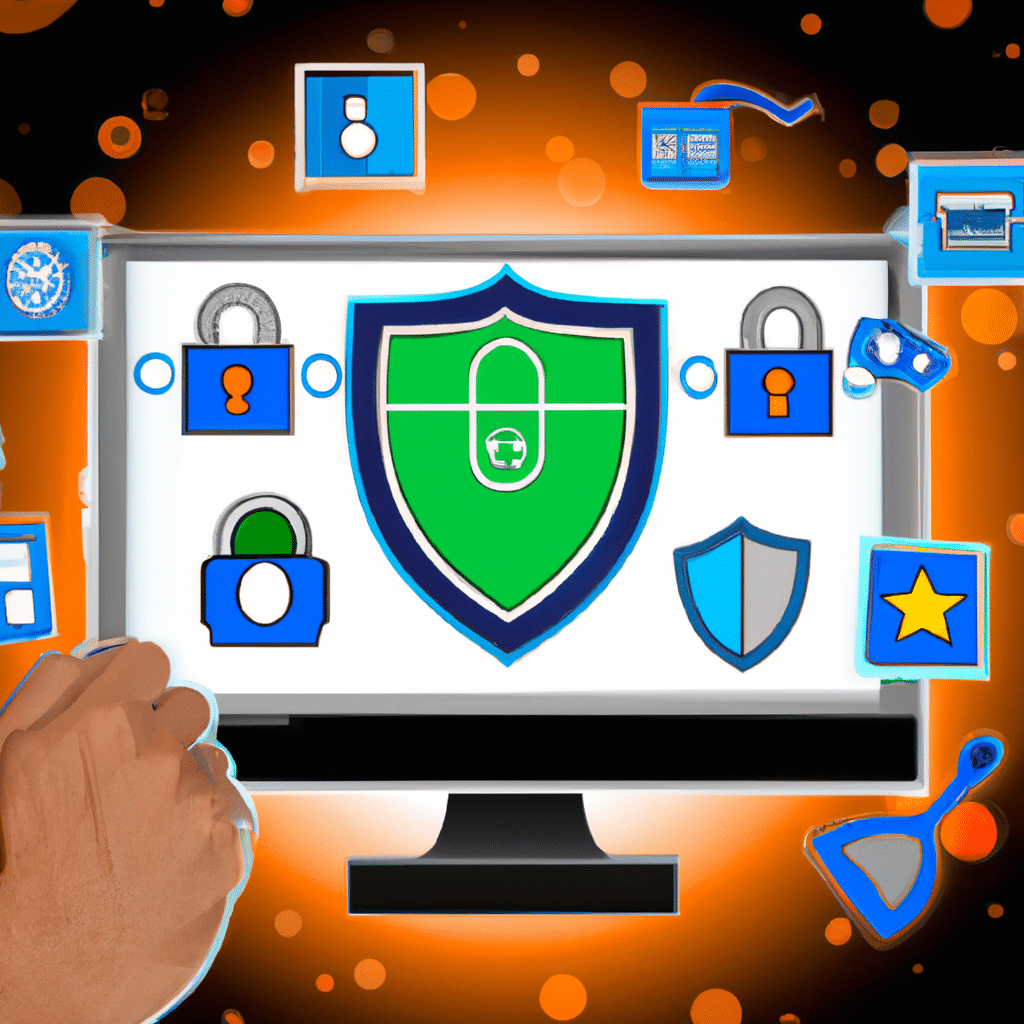How to Secure Your Online Banking Transactions from Malware Attacks
In today’s digital age, online banking has become a convenient way to manage your finances. However, it also poses a significant risk of malware attacks. Cybercriminals use various tactics to gain access to your sensitive information, such as your login credentials, credit card information, and personal data. Therefore, it’s crucial to secure your online banking transactions from malware attacks. In this article, we will discuss some effective ways to keep your online banking secure.

Understanding Malware Attacks
Before we dive into the ways to secure your online banking transactions, let’s first understand what malware attacks are. Malware is short for malicious software, and it includes various types of software such as viruses, Trojans, worms, and spyware. These malicious programs are designed to damage or disrupt computer systems and steal sensitive information.
In the context of online banking, malware attacks usually occur in the form of phishing emails, fake websites, and infected software. Cybercriminals use these tactics to trick users into revealing their login credentials or installing malware on their devices. Once they have access to your online banking account, they can transfer funds, steal your identity, and cause other financial damages.
Ways to Secure Your Online Banking Transactions
Now that we know the risks of malware attacks let’s discuss some effective ways to secure your online banking transactions.
Use Strong Passwords and Two-Factor Authentication
The first and foremost step to secure your online banking transactions is to use strong passwords and enable two-factor authentication. A strong password should be at least 12 characters long, including a mix of upper and lower case letters, numbers, and symbols. Two-factor authentication adds an extra layer of security to your account by requiring a second factor, such as a code sent to your phone or email, to log in.
Keep Your Devices and Software Up-to-Date
Keeping your devices and software up-to-date is essential to prevent malware attacks. Cybercriminals often exploit vulnerabilities in outdated software to infect devices with malware. Therefore, it’s crucial to install software updates regularly and keep your antivirus software up-to-date.
Use a Secure Internet Connection
When accessing your online banking account, always use a secure internet connection. Avoid using public Wi-Fi or unsecured networks, as they are vulnerable to cyber attacks. Instead, use a trusted and secure internet connection, such as your home network or a VPN.
Be Vigilant of Phishing Emails and Suspicious Websites
Phishing emails and fake websites are common tactics used by cybercriminals to steal sensitive information. Therefore, it’s essential to be vigilant of such emails and websites. Always verify the sender’s email address and never click on suspicious links. Also, make sure to only access your online banking account through the official website or mobile app.
Monitor Your Account Activity Regularly
Lastly, it’s important to monitor your account activity regularly. Check your account balance and transaction history frequently to detect any unauthorized transactions or suspicious activity. If you notice anything unusual, contact your bank immediately to report the incident.
Conclusion
In conclusion, securing your online banking transactions is crucial to prevent malware attacks and protect your sensitive information. By using strong passwords, enabling two-factor authentication, keeping your devices and software up-to-date, using a secure internet connection, being vigilant of phishing emails and suspicious websites, and monitoring your account activity regularly, you can keep your online banking secure. Remember, prevention is always better than cure when it comes to cybersecurity.












